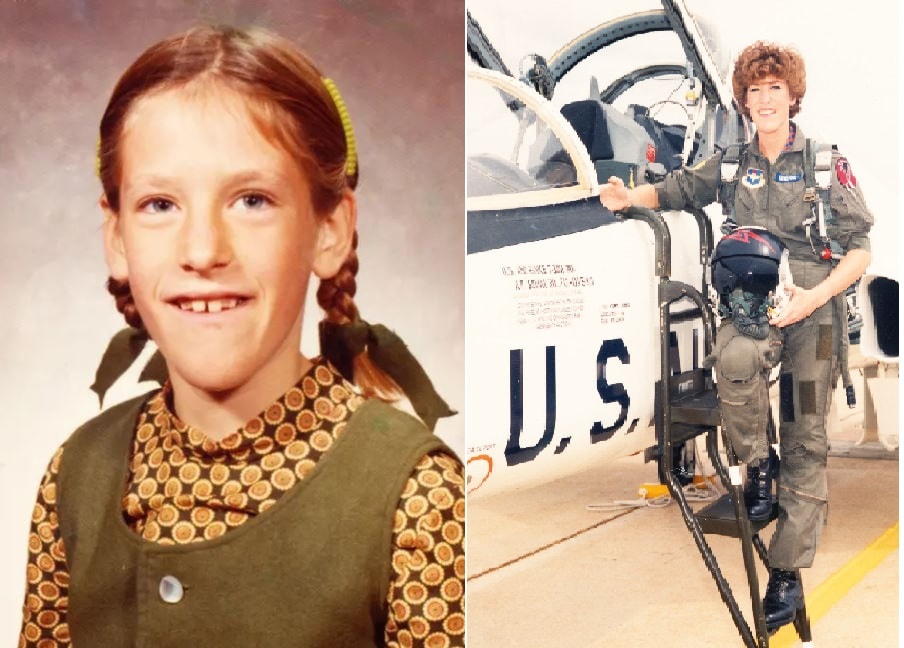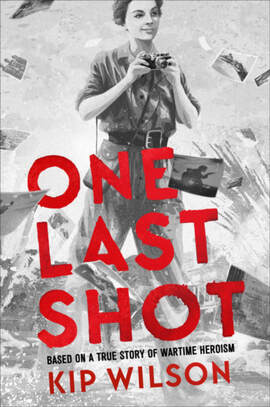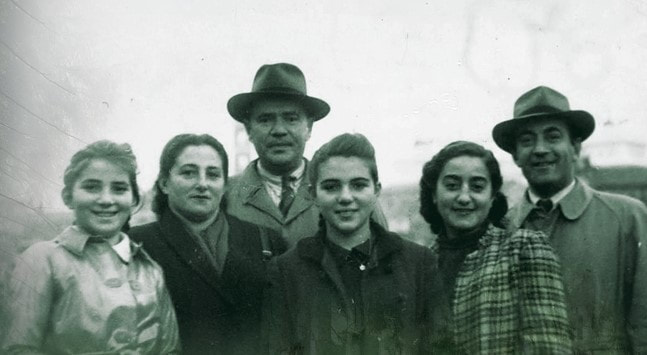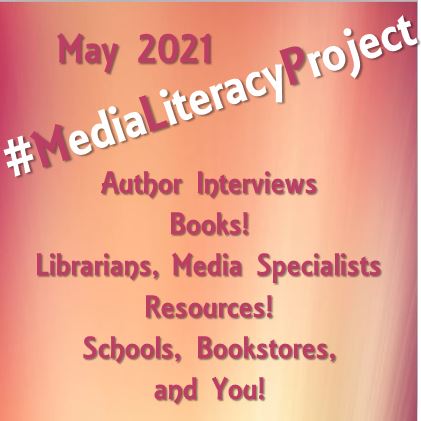|
Courage wears many different faces, as shown in the varied stories I've sent you, as well as in my books. This week, one woman's story moves a step beyond, showing how courage can lead to transformation. Patty Bear grew up in the Mennonite faith which holds pacificism as a foundational belief, but the cruel truth? Violence ruled her home and family. In retrospect, she called her father a "domestic terrorist" who abused her mother for years. But when he questioned Mennonite leaders and was excommunicated, the media portrayed him as the victim, a man shunned by his wife and children. Patty went from her sheltered, rural life where her father regarded her mother as property, like another animal on his farm, to becoming a pioneering woman pilot in the United States Air Force. That's transformation!
Patty agreed to tell her story for us this week. Patricia Bear: Soaring to Freedom Transformation is a lovely concept, but someone should warn us it won’t just change our circumstances, it will change who we are. And that will be a terrifying journey into the unknown. There's a new book out featuring one of my favorite historical women, Gerda Taro. I've written about her before, telling you about her incredible courage and how she believed photographs could change the world. In the mid-1930s, Gerda Taro served as a midwife of sorts, helping birth the powerful force of modern photojournalism. The new book is historical fiction based on Gerda's life. One Last Shot is a novel written in verse by Author Kip Wilson. I was immediately drawn to Kip because she has also written a book based on the life of Sophie Scholl, another young woman I've written you about and admired since I was 12 years old.
So it is with great pleasure that I welcome Author Kip Wilson to tell you about her new book and her journey writing it. (All the way to the fields of the Spanish Civil War) Take it away, Kip... Two great books for you today!
Both historical novels for young people feature Ukrainian protagonists and are based on true events during and prior to WWII. Working on the book Irena's Children, I learned for the first time the extent of the Nazi war crimes against the Polish people. The total lives lost in Poland during WWII is estimated at least five million most of whom were civilians, about 17% of the population. And now I learn that a similar number of Ukrainians died in the conflict. Approximately every fifth Ukrainian was killed during the Second World War. Only 3% of all those called up to military service for the summer of 1941 survived. The good news behind these horrendous statistics is the incredible human spirit of those who survived, their courage to rebuild their communities and their country. It definitely adds context to the endurance of Ukrainians today. This morning I woke up to this report from CNN: Coincidence, karma or miracle? This story will make you wonder. It begins in a small village near present-day Ukraine amid war crimes committed by the German Nazis. A time in history that does not feel so long ago given the current news of war crimes in the region. Near that village lies the dark primeval Białowieża Forest, straddling the borders of Poland and Belarus. Though it's described as “hauntingly beautiful” its tall trees and seemly endless marshlands have witnessed the harshest of evils. At the outbreak of WWII, Miriam Rabinowitz lived in the small Polish town of Zhetel, (sometimes called Zdzięcioł) with her husband Morris and two daughters, Tania and Rochel. Christians and Jews had lived peacefully in Zhetel for nearly 400 years, while the town was variously under the control of Belarus, Russia and Poland. In 1939, the population was roughly 4,600 and 75 percent were Jewish. The Nazis arrived in the fall of 1939. They shipped skilled workers to workcamps and eventually to death camps. With the help of local police, they slaughtered most of the remaining Jewish residents, men women and children, in two consecutive mass shootings in the spring and summer of 1942.
Today a memorial stands on the remnants of the old Jewish cemetery, a fenced collective grave, in which the bodies of about two thousand people are buried, shot in this place by the Nazis on August 6, 1942.
I mentioned a short time ago, how the kaleidoscope of events in 2020 sent me into a bit of an emotional spin, prompting me to think more deeply about personal and public affairs.
​ One thing on my mind is media literacy. For the month of May, I'll be engaging people on social media about the topic of media literacy. I'll have Instagram Live interviews with experts and resources for adults and teens. |
I'm fascinated to discover little-known history, stories of people and events that provide a new perspective on why and how things happened, new voices that haven't been heard, insight into how the past brought us here today, and how it might guide us to a better future.
I also post here about my books and feature other authors and their books on compelling and important historical topics. Occasionally, I share what makes me happy, pictures of my garden, recipes I've made, events I've attended, people I've met. I'm always happy to hear from readers in the blog comments, by email or social media. Archives
September 2023
Categories
All
|




